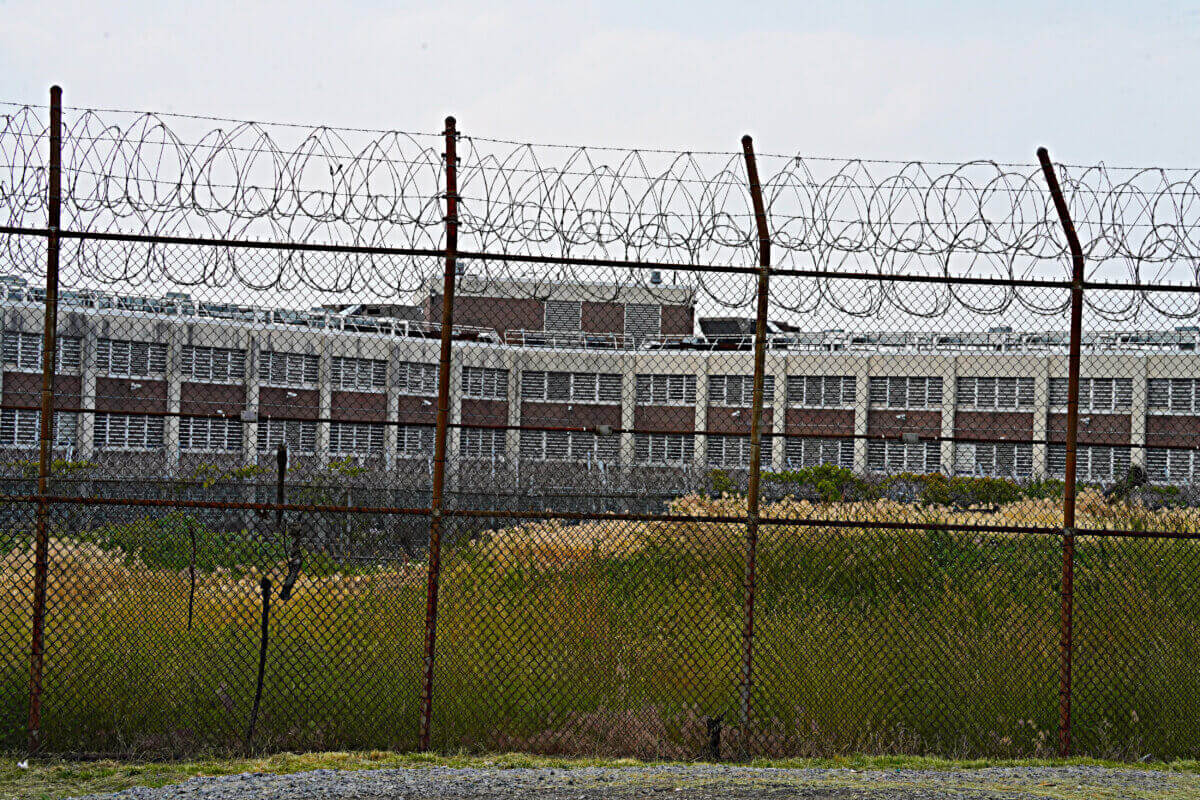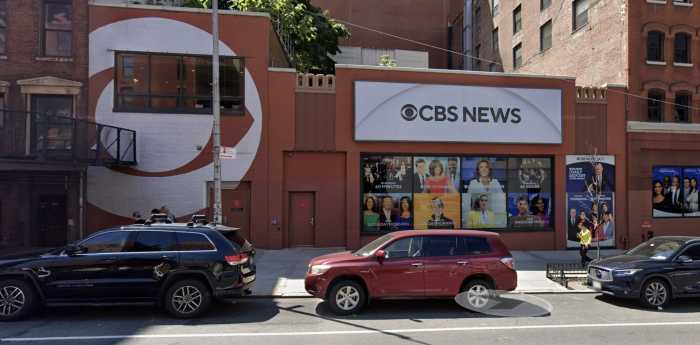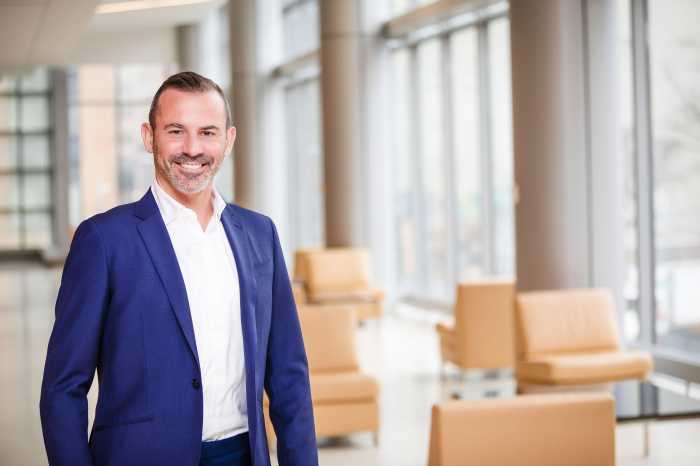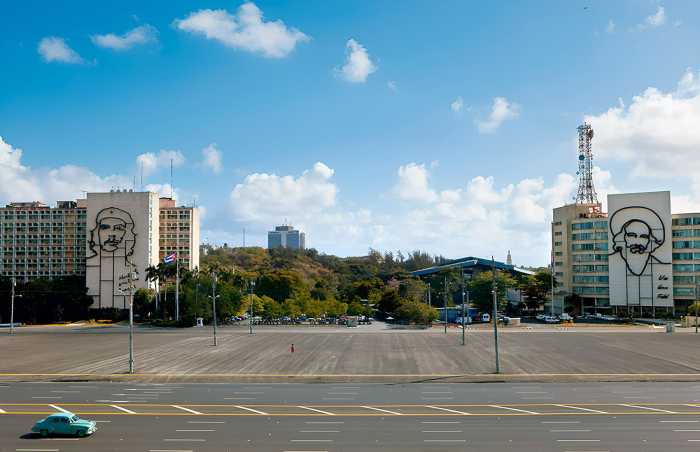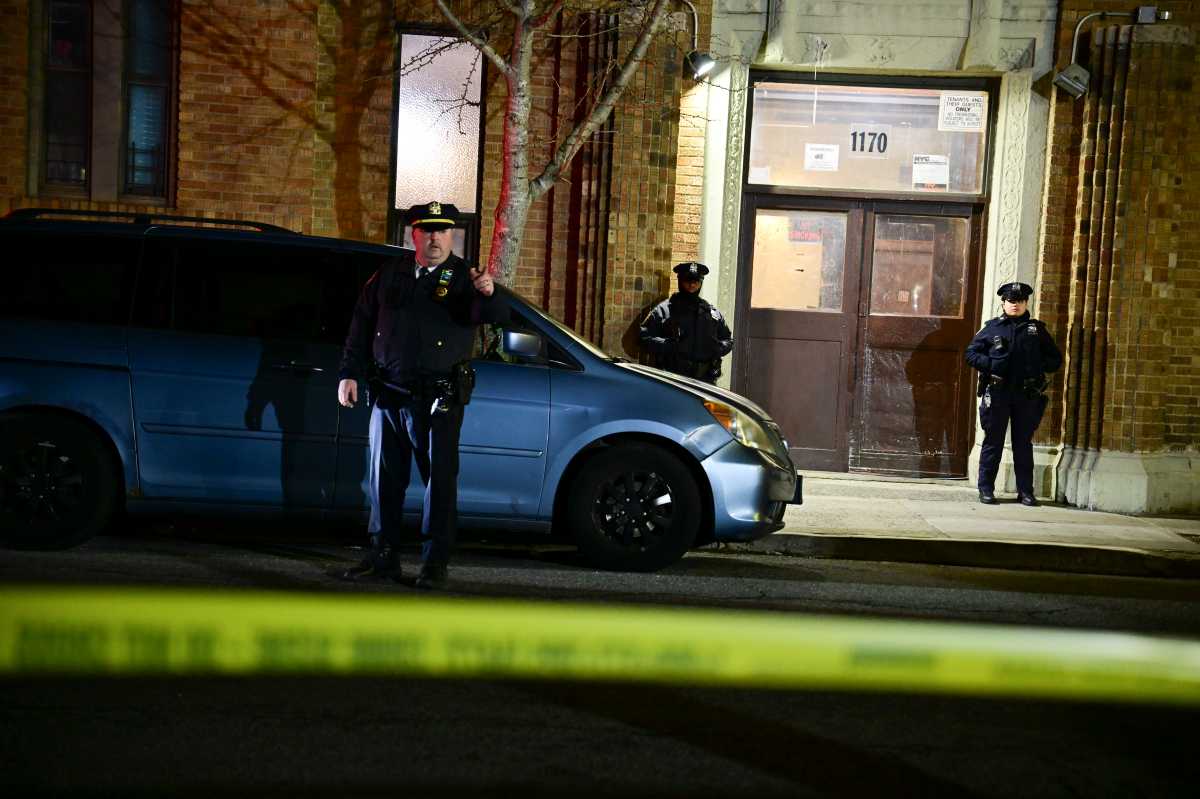Last year, in the face of resistance from the Adams administration, the City Council reaffirmed its commitment to the plan to close Rikers by 2027 and establish a smaller borough-based jail system to reduce incarceration and improve conditions for incarcerated people. While the Council has remained steadfast, it seems Mayor Eric Adams’ determination to stall the plan has not changed either.
We see this clearly in the Mayor’s Executive Budget, which preserves a bloated budget for the Department of Correction while cutting funds for alternatives to incarceration and re-entry services, and failing to adequately fund crucial resources for community wellness like supportive housing and mental health treatment. The results of this budget, if enacted, would fail to improve key areas crucial to public safety and keeping New Yorkers. The Council laid out in its Preliminary Budget Response a commitment to fully fund the programs that serve all New Yorkers, and especially our most vulnerable neighbors, including those cycling in and out of Rikers.
Reflecting on last week’s Committee on Criminal Justice Executive Budget hearing, one thing is as clear as it’s ever been: Rikers is a hellscape of human suffering, where roaches are everywhere, young people are denied education, and sexual assault is rampant. It needs to be closed with an urgency that recognizes this and while the Mayor has stated numerous times that over 50% of the people detained at Rikers are dealing with mental health issues, and 20% are diagnosed with severe mental illness, his actions have yet to match the rhetoric.
We know sending more people to Rikers suffering from mental illnesses or experiencing chronic homelessness won’t keep us safe. Even District Attorneys Darcel Clark in the Bronx and Alvin Bragg in Manhattan are telling us that long-overdue community investment is what will increase safety, not more incarceration.
Fortunately, New York City has successful programs that already work to reduce incarceration and improve both wellness and safety. New York City’s network of over a dozen alternative to incarceration providers operate evidence-based programs designed to deliver accountability while addressing the root causes of harm. The supervised release program provides a method to release people awaiting trial with supports in place to ensure they return to court, including things as simple as Metrocards and reminder calls. This year, the City is piloting an intensive case management model of supervised release in Manhattan and Queens to serve people with a higher level of need. The Justice Involved Supportive Housing program, which provides permanent housing with on-site services, has reduced time spent in jail, shelters, and hospitals for the people able to access this resource. The Forensic Assertive Community Treatment (FACT) program sends teams of clinicians and peers to provide flexible, community-based care to people living with mental illness and returning from jail or prison.
Every one of these programs operates at a fraction of the cost of incarceration at Rikers, which stands at more than half a million dollars per person per year. Those costs stem from an unprecedented ratio of uniformed staff to incarcerated people that is more than 4 times higher than the national average. Rikers is the only jail system in the nation that has as many officers as people in custody. This leads to incredible waste. In a preliminary budget hearing in March, when DOC was asked why their budget request showed 307 officers assigned to a jail that is closed, the only answer they gave was “fire watch.” DOC projects over 1,400 vacancies in the coming year, and the responsible thing to do is eliminate them, considering that DOC is the only City agency that is required to shrink over the next three years in alignment with the plan to close Rikers. Reducing DOC’s headcount now is an important first step to rightsizing the department, and eventually freeing up funding to invest in the resources our communities deserve.
Here are some ways DOC’s poorly managed resources must be reallocated in the Adopted Budget:
-
Allocate an additional $6.4 million to expand the number of Justice Involved Supportive Housing units from just 120 to at least 500
-
Increase funding for FACT teams by $2.9 million to eliminate the long waiting list
-
Restore $4.7M to the Office of Criminal Justice for alternatives to incarceration, and re-entry programs, and begin to scale up these programs with increased funding of at least $1.1M
-
Boost funding for crisis respite centers by $6 million to establish four new centers in alignment with Local Law 118-2023
-
Ensure adequate funding to open at least five new clubhouses (21 citywide), as required by Local Law 119-2023
-
Add at least $1.5M to increase staffing at the Board of Correction, an agency that provides crucial oversight for the City jails but faces proposed funding cuts, and move toward setting a minimum ratio of BOC staff to people in custody
It’s clear that incarceration is the most expensive and least effective tool our City has to create safety. If we really want safer and stronger communities, let’s use our precious resources to fund the things that work.
Nurse represents part of Brooklyn in the City Council and chairs the Committee on Criminal Justice. Mack is a survivor of Rikers and co-director from Freedom Agenda, one of the organizations leading the Campaign to Close Rikers.



